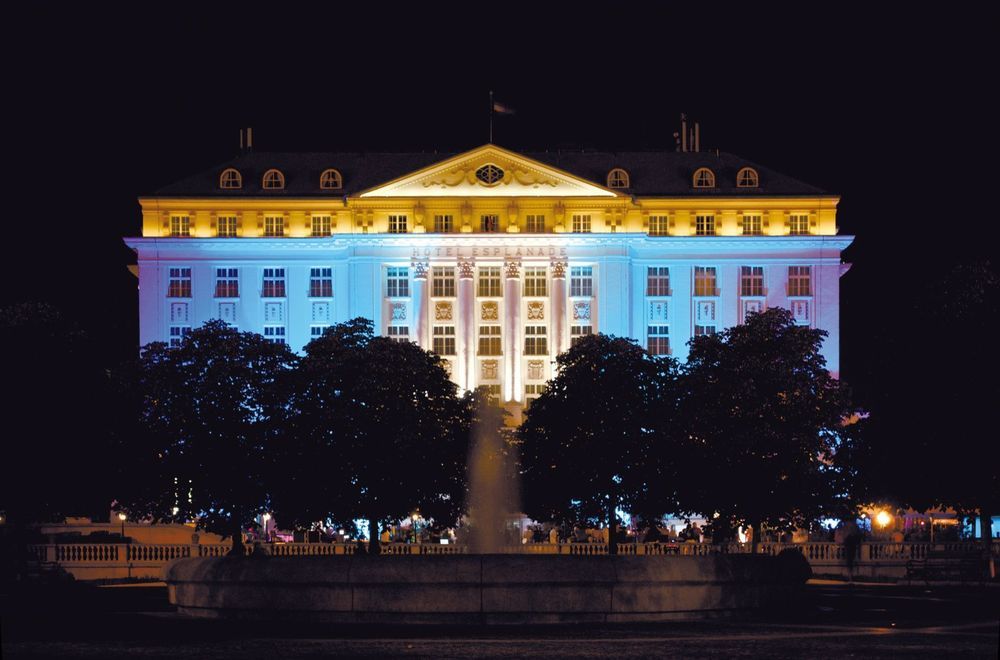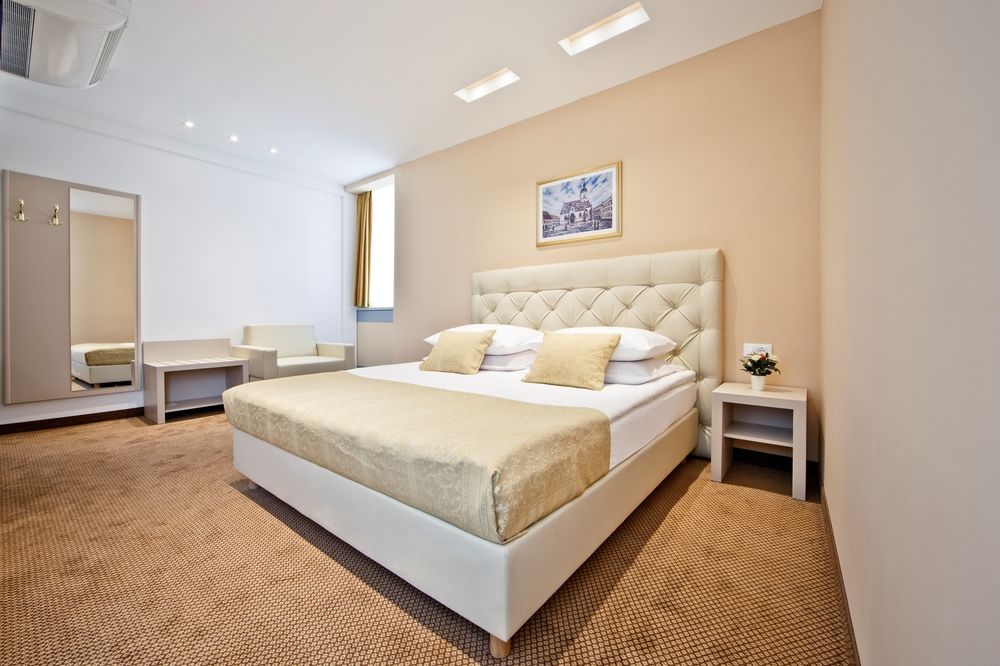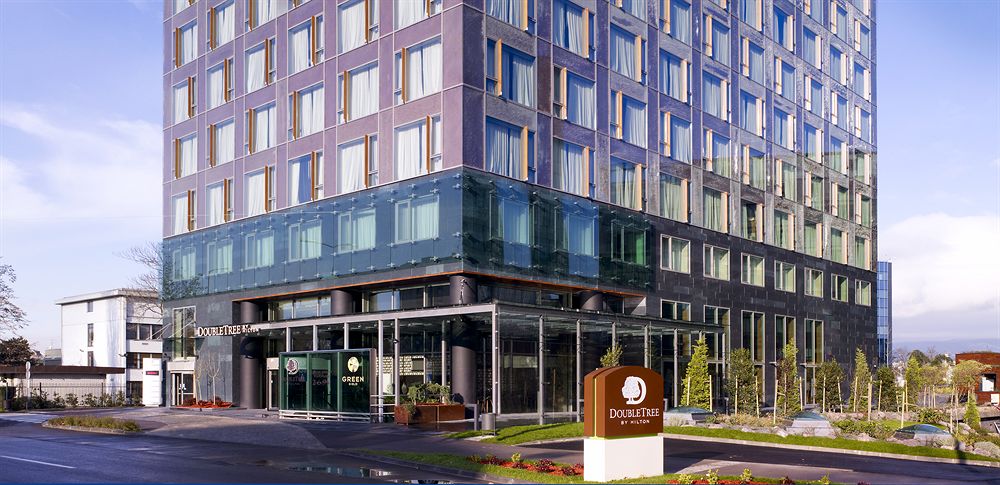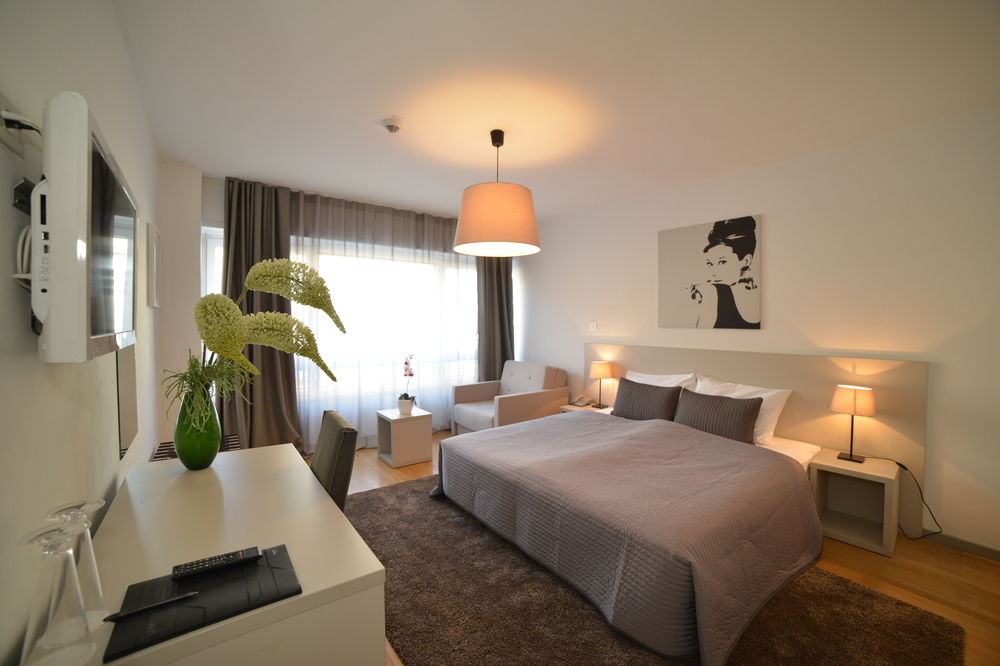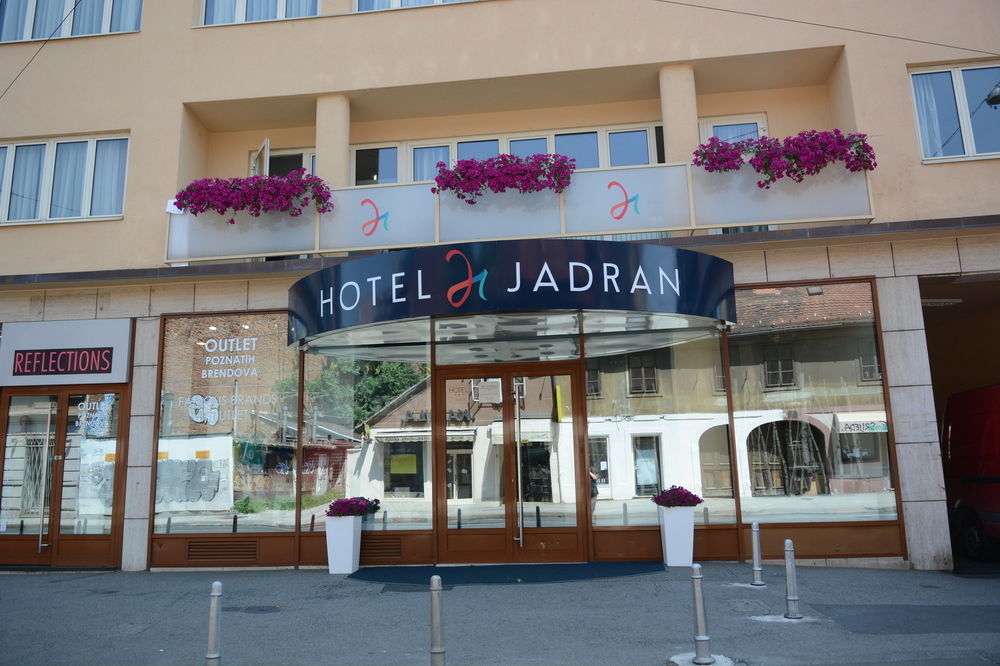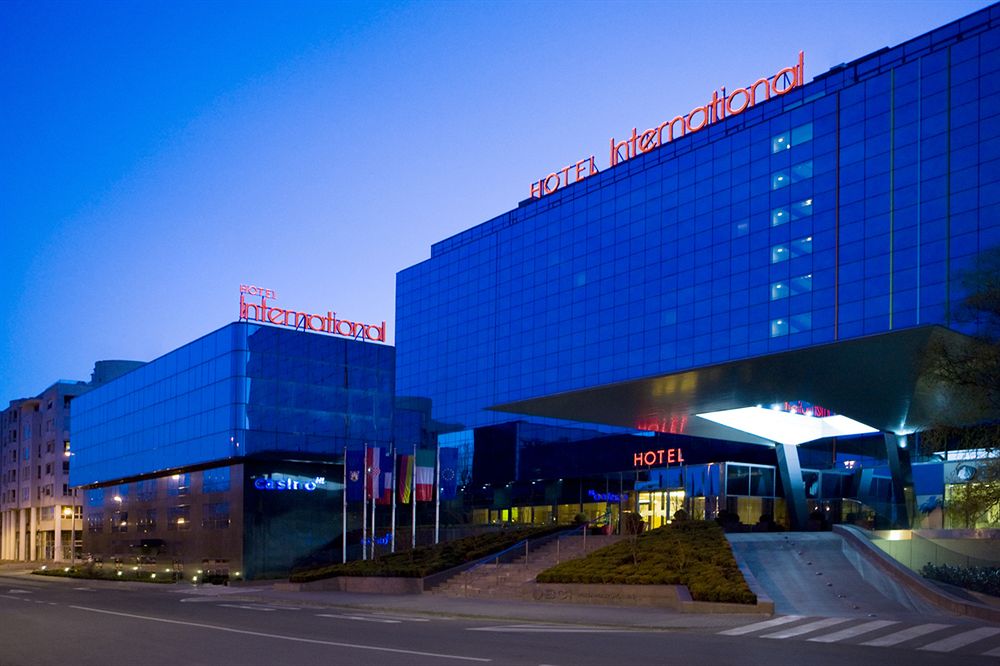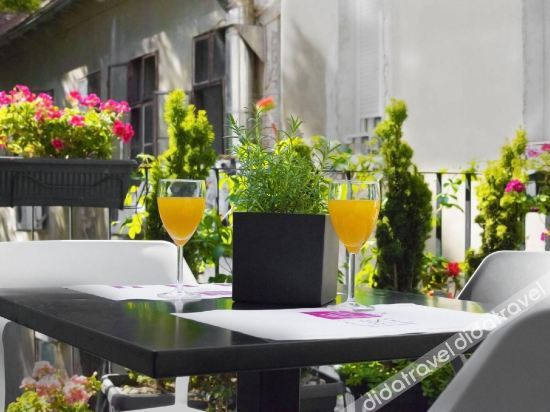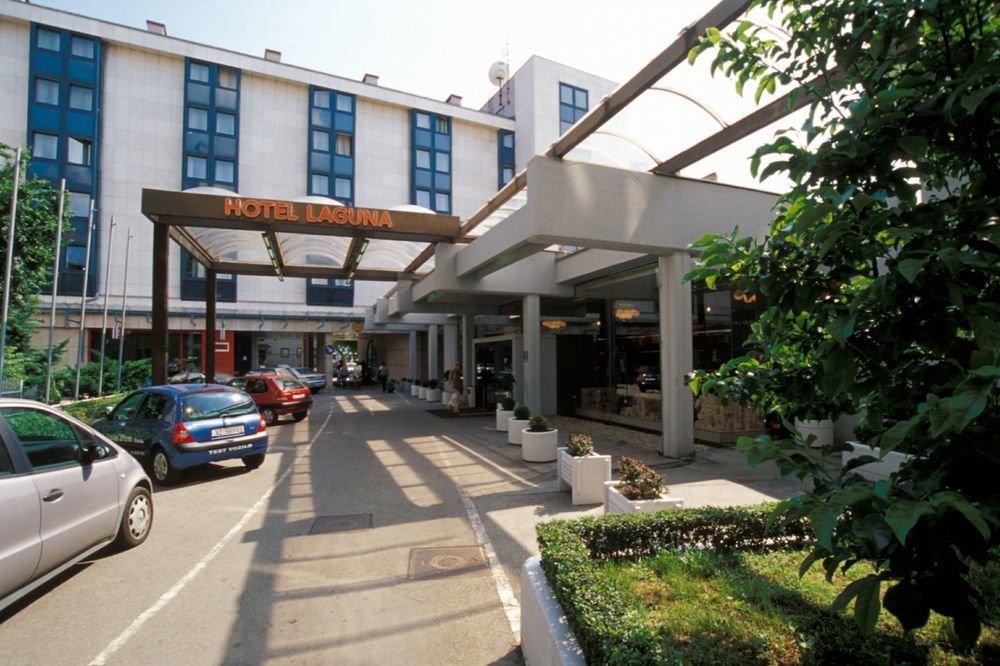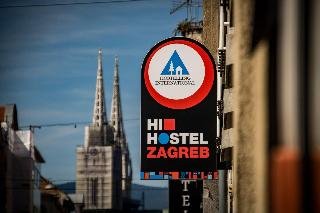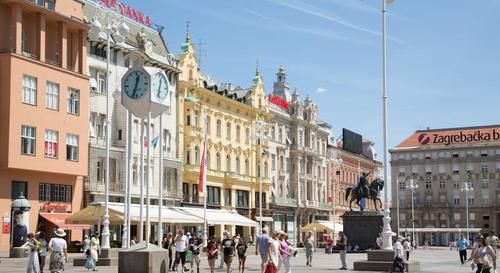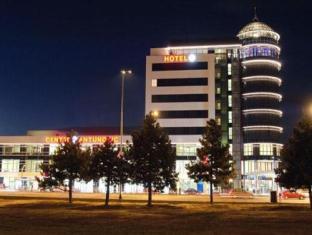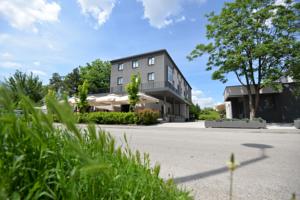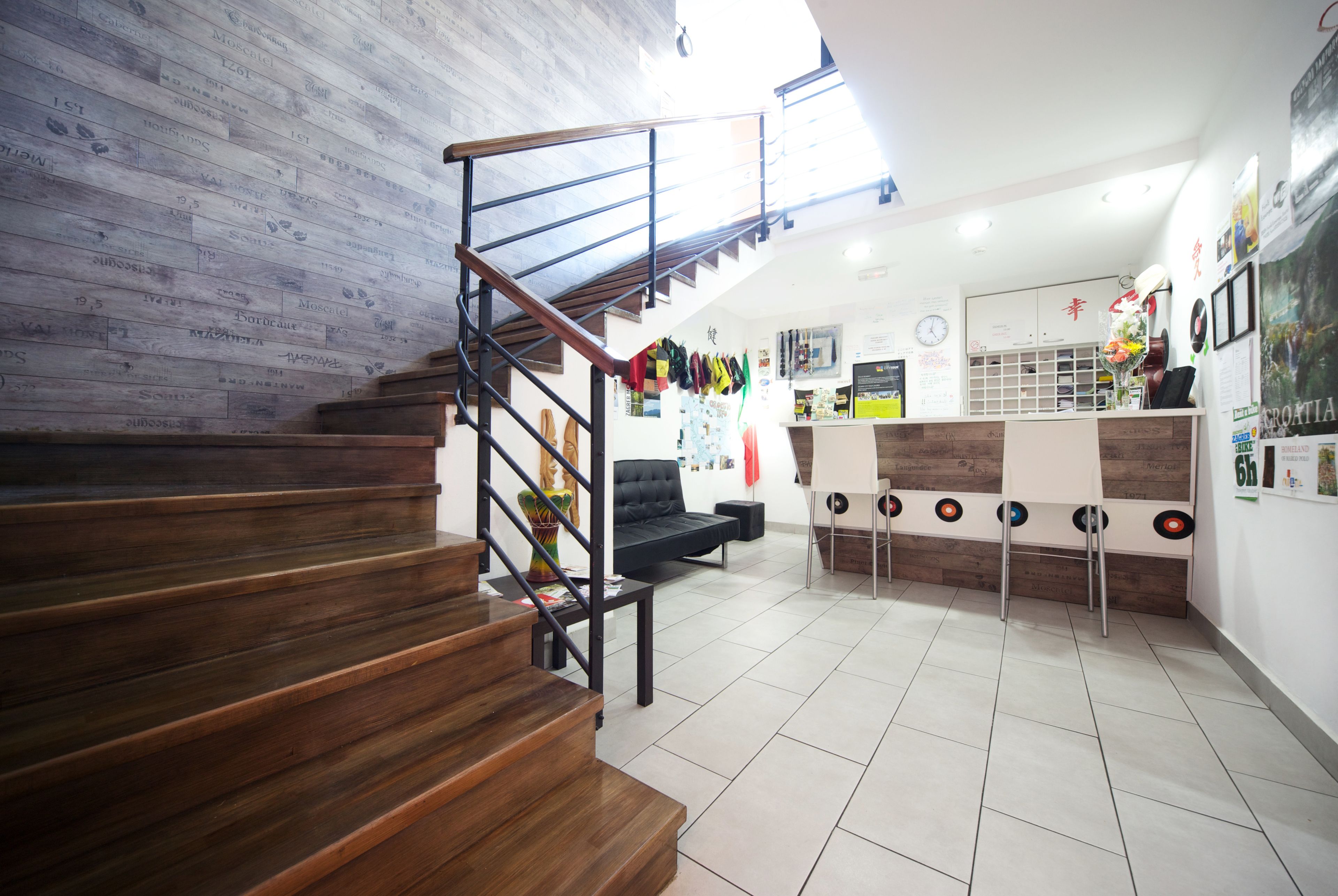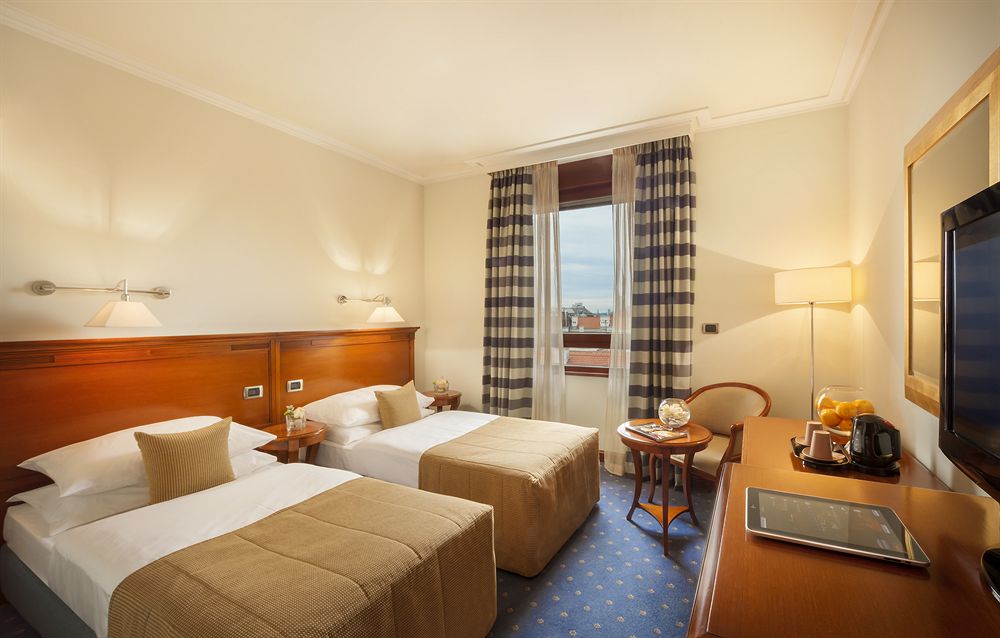
ザグレブホテル検索結果
AIが見つけた軒のホテルの最安値をご覧ください。
ベストホテル
最安値のホテル
ホテル等級
AIおすすめ
ザグレブベストホテル
ザグレブ 最低価格のホテル
最高評価のホテル
ザグレブにある5つ星ホテル
ザグレブにある4つ星ホテル
ザグレブにある3つ星ホテル
AIがおすすめする世界の旅行先
ザグレブ近くのホテル情報
ザグレブ 旅行に欠かせない情報
“Little Vienna”
Zagreb ( ZAH-greb, Croatian pronunciation: [zǎːɡreb] ( listen)) is the capital and the largest city of Croatia. It is located in the northwest of the country, along the Sava river, at the southern slopes of the Medvednica mountain. Zagreb lies at an elevation of approximately 122 m (400 ft) above sea level.
The estimated population of the city in 2018 is 809,932. The population of Zagreb urban agglomeration is slightly above 1.1 million inhabitants and it makes approximately a quarter of a total population of Croatia.
Zagreb is a city with a rich history dating from the Roman times to the present day. The oldest settlement located in the vicinity of the city was the Roman Andautonia, in today's Ščitarjevo. The name "Zagreb" is recorded in 1134, in reference to the foundation of the settlement at Kaptol in 1094. Zagreb became a free royal town in 1242. In 1851 Zagreb had its first mayor, Janko Kamauf.
Zagreb has a special status in the Croatia's administrative division and is a consolidated city-county (but separated from Zagreb County), and is administratively subdivided into 17 city districts. Most of them are at a low elevation along the river Sava valley, whereas northern and northeastern city districts, such as Podsljeme and Sesvete districts are situated in the foothills of the Medvednica mountain, making the city's geographical image rather diverse. The city extends over 30 kilometres (19 miles) east-west and around 20 kilometres (12 miles) north-south.The transport connections, concentration of industry, scientific, and research institutions and industrial tradition underlie its leading economic position in Croatia. Zagreb is the seat of the central government, administrative bodies, and almost all government ministries. Almost all of the largest Croatian companies, media, and scientific institutions have their headquarters in the city. Zagreb is the most important transport hub in Croatia where Central Europe, the Mediterranean and Southeast Europe meet, ma
 時間 UTC+02
時間 UTC+02 通貨 HRK
通貨 HRK 言語 Croatian
言語 CroatianStaypiaだけの特別な特典
リアルタイムホテル最安値比較
AIが見つけたin ザグレブの軒のホテルのリアルタイム最安値を簡単に比較検索できます。
316万軒のホテルを最安値で予約
最低価格に最大31%追加メンバーシップ割引でさらにお得にご予約いただけます。
自分だけの
AIがリアルタイムで更新するザグレブ旅行情報で便利に旅行を準備しましょう。
よくある質問
ザグレブで最も人気のあるホテルは Best Western Premier Hotel Astoria, Esplanade Zagreb Hotel, Palace Hotel Zagreb です。
ザグレブで最も人気のある5つ星ホテルはEsplanade Zagreb Hotel, Sheraton Zagreb Hotel, The Westin Zagrebです。 ザグレブ 評価順にホテルを見る
一般的なホテルの場合、客室予約はキャンセル締切日前まで無料返金が可能です。キャンセル締切日以降は手数料が発生する場合がありますので、ホテルバウチャーまたはメニュー>マイ予約でキャンセル締切日をご確認ください。
ステピアでは、AIが収集した316万件のホテルの最安値はもちろん、会員限定の追加割引価格で人気ホテルを予約することができます。
